Does My Jersey Need a Cow Halter?
Owning a cow halter (or two) is always a good idea when you have a Jersey cow on your homestead. Some Jersey cattle owners firmly believe in halter training them from the time they are calves. Opinions differ on whether it is easier to halter train a calf or an adult cow. The methods for teaching your Jersey to walk with a lead remain the same regardless of the cow’s age.
Homesteaders and other cattle farmers use a cow halter to lead their cows wherever they need them to go. They are especially useful if you plan to show her at any fairs or farming competitions. Another time it can come in handy is during milking time each day. Whichever way you plan to use your cow halter, it is important to make sure you choose one that fits your cow comfortably.
Halter vs. collar: which do you need?
One of the first questions many new homesteaders and dairy cow owners ask is whether they need a cow halter or a collar. When given a choice, it is better to go with a halter over a collar because it makes for easier handling of your Jersey cow. While mostly docile, Jerseys can be curious at times, which may make them a bit stubborn if they want to investigate something instead of following their owners. A halter is the safest and most secure way to encourage a dairy cow to come with you. If your cow is new to wearing a halter, you can start with a simple cow halter rope to get them used to the feeling. We will talk more about that later in the section on how to halter train your Jersey.
Show vs. standard
There is not much difference between a cow show halter and a standard cow halter. Both have the same shape and functioning. However, a cow show halter can make or break your heifer’s success in a competition. A well-fitting one enhances the look of a Jersey’s head, so it is important to pick one that fits snugly and is comfortable for your cow. When showing your Jersey cow, make sure your left hand is under the chain. Never put your fingers through the halter’s ring. If the lead strap is short on your cow show halter, make three loops instead of a figure eight. Doing it this way will help keep the loop out of your Jersey’s eyes and makes it easier for her handler to set the heifer’s tailhead.
Can you use a horse halter on a cow?
One of the most common questions we get is whether you can substitute a cow halter with a horse halter. Homesteaders who already own a horse may have all the gear and hope to share it with their new Jersey cow. While a cow can technically wear a horse halter, we do not recommend it because a horse halter does not provide the same pressure points as a halter made specifically for a cow. Teaching a cow to walk when led is impossible unless you use the correct halter.
Do Mini-Jersey Cattle Require Different Types of Cow Halters?
When it comes to cow halters for minijersey cattle, many believe that they require different types due to their size. However, this is one of the minijersey cattle myths debunked. In reality, standard cow halters work perfectly fine for mini Jersey cattle, as long as they are properly fitted.
Choosing a high-quality product
Getting your Jersey cow to cooperate with a cow halter comes down to choosing one that is comfortable for the cow. Good quality leather that feels soft against the cow’s face is a must. Hardware must fit and align with your cow’s pressure points or it will be completely ineffective as a lead. Make sure the nose strap fits between the eyes and the nose. Keep in mind that L cow halters are too large to fit calves because the nose strap will be too large. You must buy one designed for a calf. There are several different colors from which to choose. Most Jersey cow owners do not care about this unless they plan to show their cows. Then, they may wish to choose one that compliments their cow’s coloring.
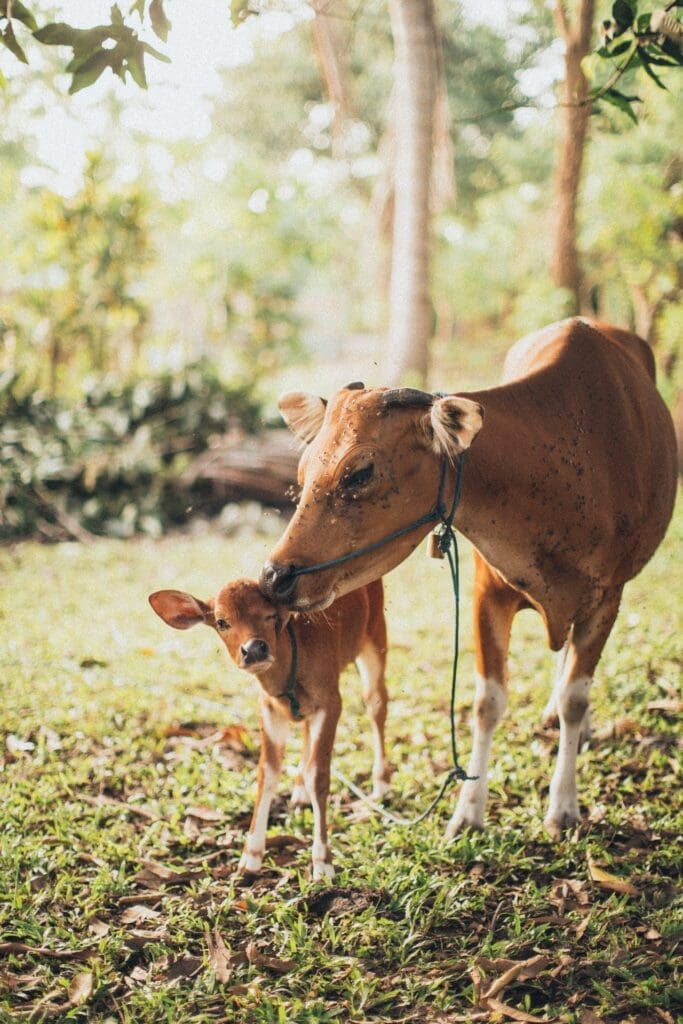
How to put a cow halter on your Jersey cow
The first couple of times you put on your cow’s halter, you may need to entice them to cooperate with some food. Most Jersey cows are happy to comply when they are busy stuffing their faces full of fodder. This method works best with adult dairy cows. Calves can be far more resistant to this tactic. They have exactly one interest, and that is their mothers. Getting anything on their heads can be an exercise in frustration. Waiting until they have nursed and have full bellies is a good trick to use with calves. They can be more compliant then as long as their mamas are still in plain sight.
If you opt for the grain distraction method for an adult cow, there is a trick to it. Dump something tasty into a flat pan, then lay the halter over it. This forces the Jersey to put their nose through the nose hole to reach the fodder. Once their nose is through the hole, gently pull it up on their face and secure it. You can also use this trick when attaching a lead.
Adult cows can be resistant when you try to lead them for the first time. Do not give in. While dairy cows of all breeds can be stubborn, they eventually give in when they realize you are not going to let them have their way. Gently pull the cow from side to side to get her off balance a bit. Her automatic response will be to start moving. Once she starts moving her feet, you can generally get her to go where you want. Persistence and patience are the keys to success.
Have tips you would like to share with our readers? We would love to hear about them in the comments.
Happy homesteading!
In our kitchen, we only use cultures from Cultures for Health.
Get yours here and start culturing today.
Popular Articles
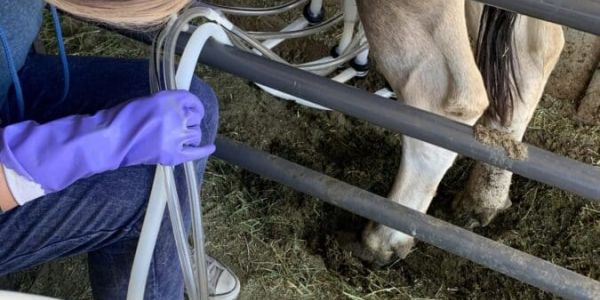
Jersey Cow Milking 101: Follow These 6 Tips for a Smoother Milking Process
Newsletter
Get signed up to get latest updates and new information from the Jersey Milk Cow!
This site uses Akismet to reduce spam. Learn how your comment data is processed.


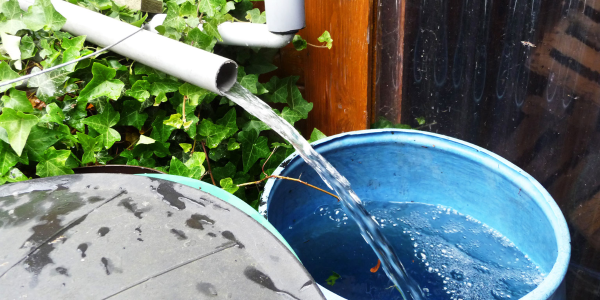
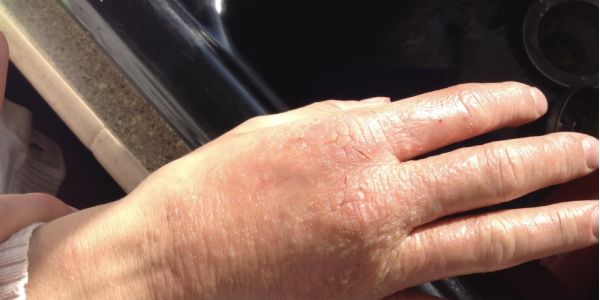
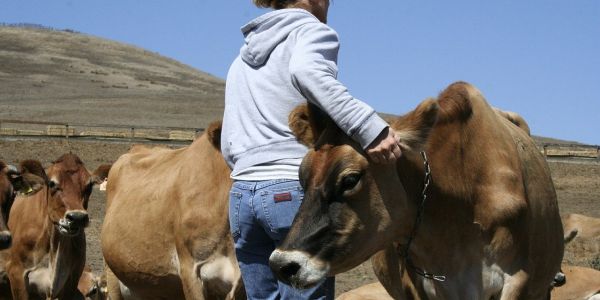



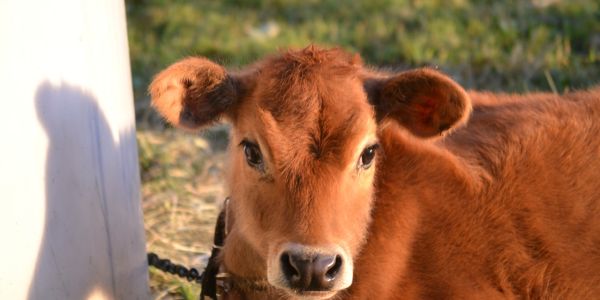
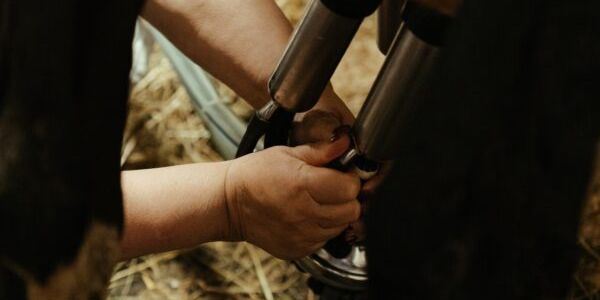

Leave a Reply